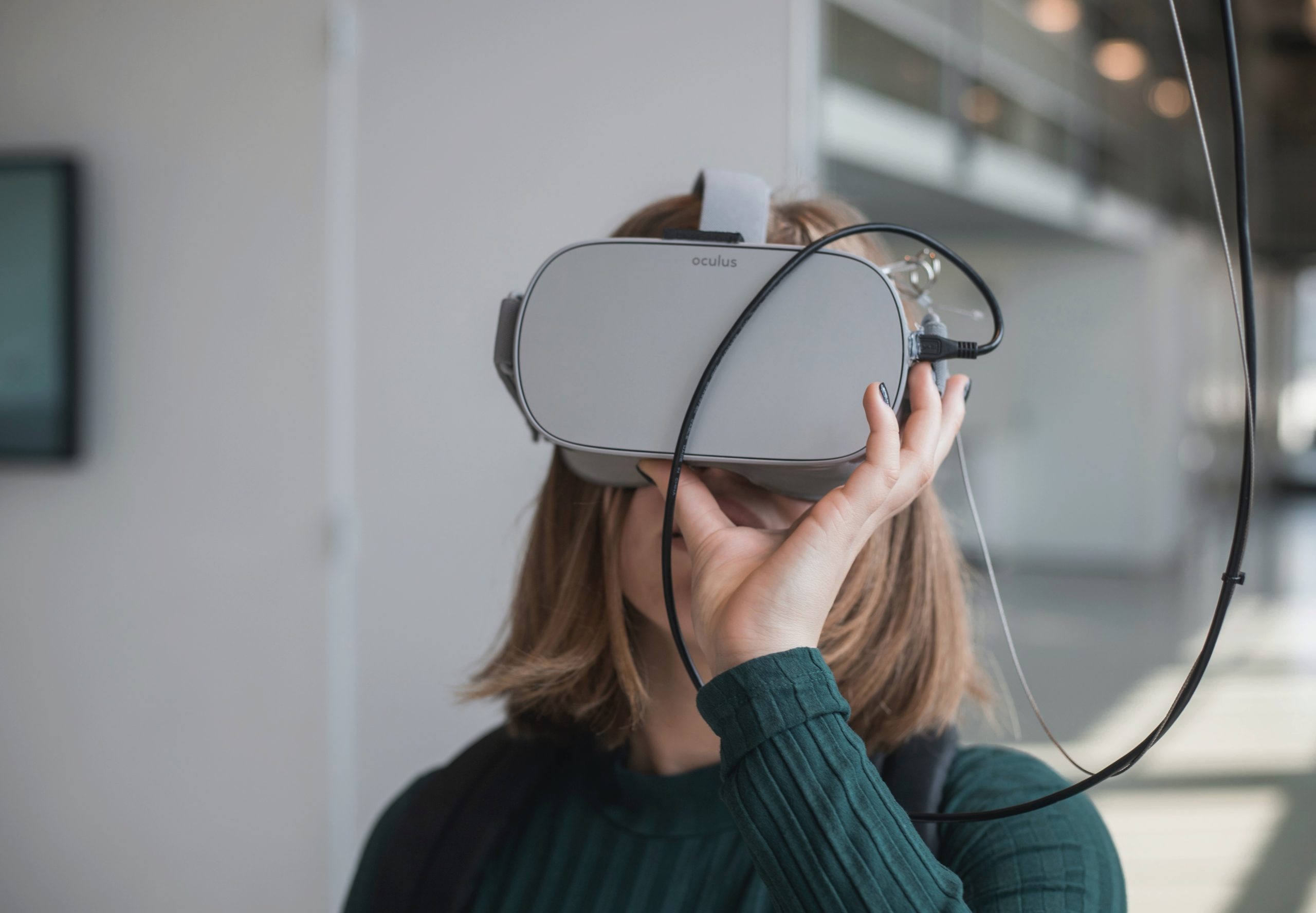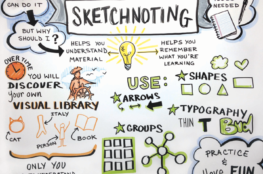“Why shouldn’t people be able to teleport wherever they want?”
– Palmer Luckey, Founder of Oculus VR
Our Inquiry Question: How can we use VR in the classroom?
Our inquiry question, “How can we use VR in the classroom?” came from our interest in using different technologies as a resource in our future classrooms. We wanted to look into what VR is, what it has to offer and what different activities and resources are accessible. In this blog, we discover the possible experiences we can have with our students in the classroom using VR.
What is VR?
Virtual Reality (VR) is the use of computer technology to create a simulated environment. It places the user inside a realistic-feeling experience instead of viewing it on a screen. Users are immersed and are able to interact with the 3D worlds. Standard VR systems use head mounted display (HMD) which allows the user to look around the virtual world, move around in it, and interact with the items or features.
VR vs. AR
VR essentially transports the users into real-world or imaginary environments. The outside world is replaced with a virtual one. However, Augmented reality (AR) is a less immersive experience than VR. It adds to your vision by using digital elements on a live view – like using a camera on a smartphone. Pokemon Go is a great example as it uses your phone’s camera with your surroundings and further adds on top of it.
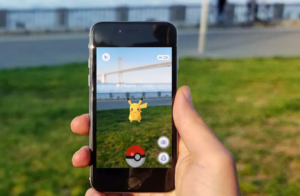
How AR is being used in business:
VR in Social Studies
For a lot of students, social studies may seem like a dry and boring subject. However, with the help of virtual reality, social studies can be brought to life! Students are able to engage with the content more with this interactive experience. A lot of social studies textbooks talk about places that students have not visited, but through VR, students are able to virtually transport to those places. It gives them the experience of actually being there while learning about the history as well. For example, students can explore WW1 and WW2 sites and they can also virtually visit historical museums.
This video shows an example of a VR game that can be used to teach students about WW2. Students ride in a bomber plane that is headed towards Berlin and it uses real audio from the past which enables students to really immerse in the experience.
VR in Science classrooms
VR technology can help students get access to facilities and laboratories that would normally be too high of a cost to explore. Interactive virtual labs will reduce costs, encourage inquiry learning and help students gain laboratory experience. Doing labs virtually will also allow for error and help students gain confidence. Imagining getting close to the stars and exploring the universe up close. This is now possible with the help of VR!
Titans of Space – Help teach the students about the solar system with a tour of the planets, stars and galaxy. Used with Oculus Rift, HTC Vive and Monitor.
Watch this virtual pig dissection:
VR in Language Learning
Knowing that what VR can deliver is boundless, it is not a surprise that it is useful in a language classroom. There are programs that will immerse the student in scenarios where they can learn cultures and practice their languages. You can take tours around French towns and or explore Italian cities during different parts of history.
Mondly – Learn Languages in VR:
https://www.oculus.com/experiences/gear-vr/1272636489423125/?locale=en_US
House of Languages VR:
https://www.oculus.com/experiences/go/1129567930394285/
How to learn a language in VR?:
Pros of VR
- VR can expand the world of many people, linking them to others and help form connections.
- There are no limits (aside from the cost of VR) to the worlds people can enter and the experiences they can have. It is a full and engaging sensory experience.
- Gives the ability to those who cannot always experience the fullest reality. People with disabilities can explore worlds they could not have previously.
- Enables tourism from home – Virtual Tours.
- Can be used to train people with low risk. Such as in medicine, aviation, building and law enforcement.
Benefits in the Classroom:
- Provides visuals that are not possible in traditional classrooms.
- Improves quality of education with experiences in different fields.
- Better retention of educational material and increases basic understanding.
- Creates interest and lets students experience new avenues and live different realities..
- Does not feel like work.
- Increases accessibility for students with disabilities.
- Facilitates collaborative learning and team-building skills.
- Can help eliminate the language barrier as language can be added to the software. – Making communication easier and the ability to travel to other places without needing to speak the language.
Cons & Risks of VR
High Cost
- It is not possible for everyone to afford VR because of how expensive it is. Some schools may not have access to VR because of their location which may make them feel disconnected from this technology.
Loss of Human Connections
- Using VR can damage the relationship that students have with each other or their educators because they might rely on VR for social interactions instead. It is also an isolating experience because it takes you somewhere else and removes you from the existing environment. It could further lead to mental health issues.
Lack of Flexibility
- When using a specific fixed program in VR, students will not be able to do anything except what the program allows them to do. Because education is always fluctuating, it becomes a disadvantage for students. It also does not accommodate students who have disabilities that might not be able to wear or use VR.
Addiction
- If students spend an extended period of time using VR, it can lead to addiction. They might neglect their responsibilities in real life. Users are also able to say or do illegal things which may influence them to do those things in real life.
Health Effects
- Excessive use of VR can lead to loss of spatial awareness, dizziness, disorientation, and nausea. Motion sickness in VR is similar to feeling seasick, which causes nausea. VR can also cause eye strain because when using the headset, your eyes are focused on a single pixelated screen without any other opening to look away.
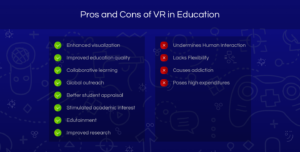
VR Resources & Tools
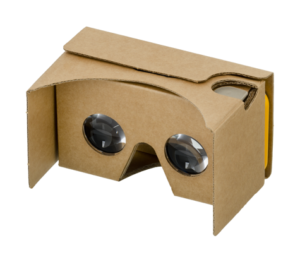 Google Cardboard is a VR platform that is named for its foldable cardboard viewer into which a smartphone is inserted. This platform is intended to be a low cost option to encourage people to explore VR. This is a great resource for classrooms because of its affordability! There are also free apps (Google Expedition) that work with this viewer which allow for educational experiences.
Google Cardboard is a VR platform that is named for its foldable cardboard viewer into which a smartphone is inserted. This platform is intended to be a low cost option to encourage people to explore VR. This is a great resource for classrooms because of its affordability! There are also free apps (Google Expedition) that work with this viewer which allow for educational experiences.
This video explains what ClassVR is all about:
A teacher’s experience using ClassVR for virtual field trips:
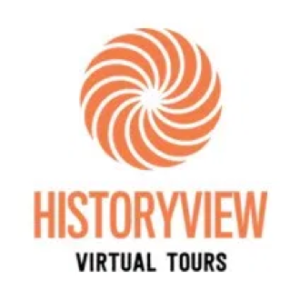
HistoryView VR is more focused on bringing the historical aspect to life through VR. Teachers use this website to tour historical sites and museums. The major benefit of this website is that a VR headset is not required. Instead, students are able to use tablets to immerse into the VR experience. This makes it a great resource for schools who do not have access to VR headsets because they are still able to experience VR.
Education Experiences with Oculus: Apps for educational learning that are supported by the Oculus VR headset.
Programs & Apps
InMind VR2 – Control the characters emotions by catching neurons to react to situations.
Anatomyou – Gives students a tour of the human body’s systems. 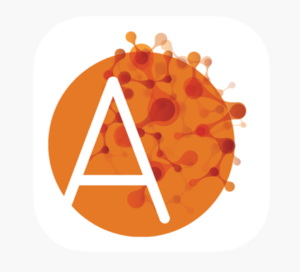
Tiltbrush – Using the virtual space around you, the students can create their own works of art with large brushes and different materials.
Becoming Homeless (Vive) – Put yourself in the shoes of someone who lives homeless. Watch as it gets worse and face the realities first hand.
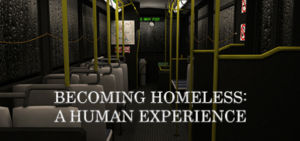
Hold the World – Narrated by Sir David Attenborough, students can select which object they want to learn about from London’s Natural History Museum.
Wander – Allows you to travel the planet and discover the wonders of the world.
References
https://www.pcmag.com/news/augmented-reality-ar-vs-virtual-reality-vr-whats-the-difference
https://skywell.software/blog/the-pros-and-cons-of-virtual-reality/
https://www.avantica.com/blog/virtual-and-augmented-reality-pros-and-cons
https://virtual-reality.weebly.com/pros-and-cons.html
https://nearpod.com/blog/virtual-reality-social-studies/
https://elearningindustry.com/pros-cons-using-virtual-reality-in-the-classroom
https://litslink.com/blog/usage-of-virtual-reality-in-education-pros-and-cons
https://www.virtualperceptions.com/educational-vr/
